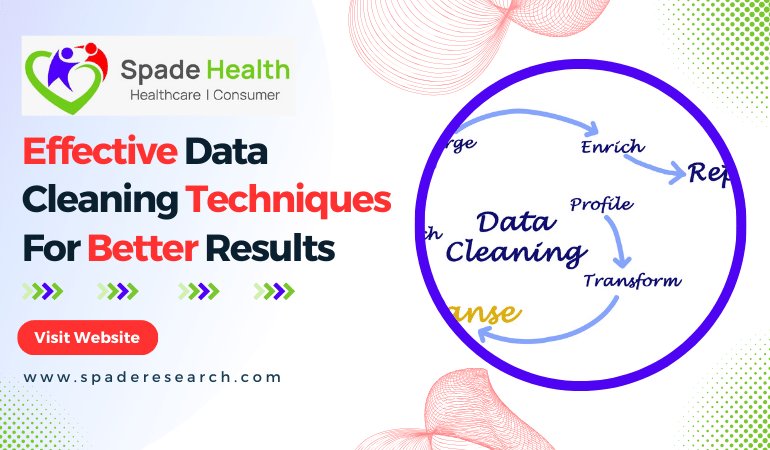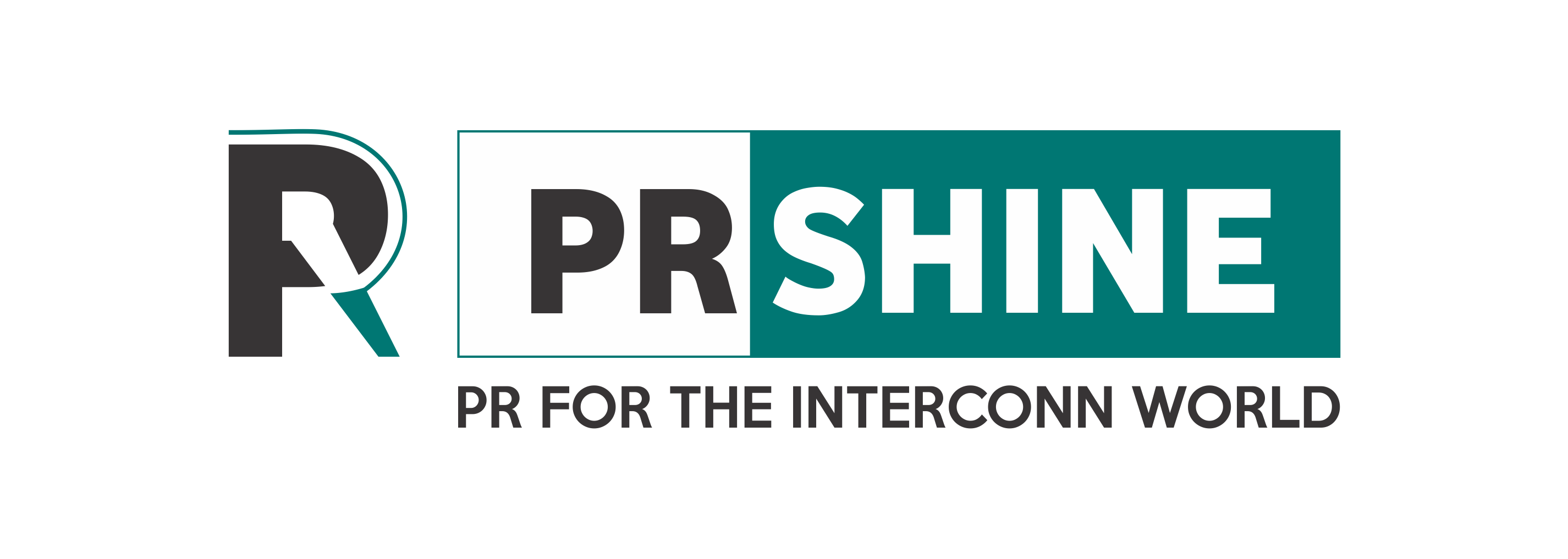Effective Data Cleaning Techniques for Better Result
Data cleaning techniques are crucial for generating trustworthy results when analyzing data for a variety of purposes such as customer experience insights, brand monitoring, market research, or assessing staff fulfillment.

Data cleaning techniques are crucial for generating trustworthy results when analyzing data for a variety of purposes such as customer experience insights, brand monitoring, market research, or assessing staff fulfillment.
Most people believe that when it comes to data, your insights and analyses are only as good as the data you use. In essence, junk data equals rubbish analysis. Data cleaning, also known as data cleansing and data scrubbing, is a critical step for your organization if you want to foster a culture of quality data decision-making.
In this article, we will explore the different techniques of data cleaning & importance of data cleaning to enhance the quality and reliability of your data for informed decision-making.
What is Data Cleaning?
Data cleaning referred to as data cleansing or data scrubbing, involves identifying and rectifying or eliminating errors, inconsistencies, and inaccuracies in a dataset. Before analysis or modeling, it is a critical stage in the data preparation process.
Data can be collected from various sources, such as surveys, databases, or online sources, and may contain errors or inconsistencies due to human error, system glitches, or data entry issues. Data cleaning aims to ensure the accuracy, completeness, and reliability of the data for further analysis.
Why Is Data Cleaning So Important?
In this article, we will discover the data cleaning importance
1. Enhancing Data Quality:
Overall, data cleaning is a critical step in the data management process that helps to ensure the quality, accuracy, and integrity of your data, leading to better insights.
2. Ensure That A Business Targeting The Right Customers:
When data gets incorrect, businesses start targeting the wrong market. Customer behaviors are changing so quickly these days that data can easily become out of date. Data cleansing will replace redundant information about your target market with new, up-to-date information.
With us you can target the right customer if you have healthcare business because, Spade Health offers Quantitative Healthcare Market Research Services, delivering actionable insights and data-driven analysis to empower informed decision-making and strategic planning in the healthcare industry.
We develop systems that automatically incorporate, sort, and understand consumer data in order to prioritize newer information. This helps to moderate the problem, but the underlying issue remains. The sheer amount will eventually strain the system; therefore it must be cleaned up.
3. Common Causes of Unclean Data:
Unclean data often arises due to human errors, data scraping, or the integration of data from multiple sources. With the occurrence of multichannel data, irregularities across different datasets are common.
4. Safeguarding Privacy and Meeting Legal Requirements
Data cleaning is important for ensuring compliance with regulations and standards. By removing sensitive or personally identifiable information, you can protect privacy and meet legal requirements.
5. Enhanced decision-making:
Clean data provides a solid platform for decision-making. You can have confidence in data-driven decisions provided you assure their quality and dependability.
What Are the Top Data Cleaning Techniques?
Data cleaning plays a crucial role in the data analysis process as it entails identifying and rectifying errors, inconsistencies, and inaccuracies in the dataset. By employing effective data cleaning techniques, organizations can ensure the quality and reliability of their data, leading to more accurate and reliable insights. Here are some effective data-cleaning techniques to consider:
The top data-cleaning techniques include:
Handling missing values:
Missing values can significantly impact data analysis results. Techniques such as imputation, where missing values are estimated or replaced with appropriate values, can help maintain the integrity of the dataset.
2. Removing duplicates:
Duplicate entries can skew data analysis outcomes and lead to incorrect insights. Identifying and removing duplicate records based on key identifiers or variables is essential to maintain data accuracy.
3. Standardizing formats:
Inconsistent data formats, such as date formats or naming conventions, can make data analysis challenging. Standardizing these formats ensures consistency and facilitates easier data manipulation and analysis.
4. Dealing with outliers:
Outliers are extreme values that can significantly affect statistical analysis. Identifying and handling outliers appropriately, whether by removing them or transforming them, is essential to prevent skewed results.
5. Validating and correcting errors:
Data entry errors, such as typos or incorrect values, can compromise data quality. Implementing validation checks and performing data audits can help identify and correct such errors, ensuring reliable data for analysis.
6. Removing irrelevant data:
Irrelevant data, such as redundant variables or outdated records, can clutter the dataset and hinder analysis. Removing such data helps streamline the dataset and focus on relevant information.
7. Automating data cleaning processes:
Utilizing automated tools and algorithms can expedite the data-cleaning process and ensure consistency. These tools can help detect and correct errors, handle missing values, and perform other cleaning tasks efficiently.
By implementing these effective data-cleaning techniques, organizations can improve the quality and reliability of their data, leading to more accurate analysis, better insights, and informed decision-making.
It’s important to note that the specific techniques chosen for data cleaning depend on the nature of the dataset and the objectives of the analysis.
How Spade Health Works?
Spade Health offers Data Cleaning and Tabulation services in a systematic and effective way. Here’s how it works:
1. Data Collection:
Spade Health starts by gathering raw data from a variety of sources, including surveys, questionnaires, databases, and any other relevant sources.
We provide comprehensive and accurate Data Collection Services, ensuring reliable and high-quality data for your research and analysis needs.
2. Data Validation:
The data that has been obtained is reviewed in order to guarantee its accuracy and completeness. This includes inspecting the data for missing values, outliers, and inconsistencies.
3. Data Cleaning:
Spade Health performs data cleaning, which involves removing any errors, duplicates, or irrelevant information from the dataset. This step helps improve the quality of the data and ensures that it is ready for analysis.
4. Data Transformation:
Spade Health can also perform data transformation after cleaning the data, which involves turning the data into a suitable format for further analysis. This may entail standardizing variables, establishing new variables, or aggregating data as needed.
5. Data Tabulation:
Spade Health can create tables and summaries after the data has been cleansed and processed to show the information in a straightforward and organized manner. Based on the client’s specifications, this includes creating descriptive statistics, frequency tables, cross-tabulations, and other important summaries.
6. Quality Assurance:
Spade Health maintains strong quality control methods throughout the entire process to ensure the data’s integrity and accuracy. This entails doing extensive checks at each level to discover any potential flaws or inconsistencies.
7. Reporting:
Spade Health gives the client a detailed report that presents the cleaned and tabulated data in an easy-to-understand style. To effectively explain the insights obtained from the data, the report may integrate visualizations, charts, graphs, and other visual aids.
The most significant aspect of the data analysis process is certainly data cleaning. However, effective data hygiene is more than just data analytics; it is also excellent practice to keep and constantly update your data. Clean data is a fundamental premise of data analytics and, more broadly, the area of data science.
As one of the top data cleansing companies, we employ best practices to ensure that our clients receive correct and reliable data for processing and analysis.
Data cleaning is certainly one of the most critical processes in attaining excellent outcomes from data analysis. Simply put, data analysis will not produce a great result if the data is not cleaned.
Conclusion:
Data cleansing is an intensive procedure that is critical for obtaining the most precise findings from data analysis. You can be confident that your data analytics results will be of the greatest quality once you have mastered the art of determining which outliers to preserve, which partial date entries to fill or remove, how to maintain structural integrity in your data, and other such jobs.
Spade Health has more than 15+ years of experience catering to the unique requirements of B2B and B2C companies across various industries and verticals, with the right blend of skills and experience; we deliver efficient, thorough, and accurate outputs in all of our data cleansing and formatting projects.
Outsource Data Cleaning Services to us today to save your database and significantly increase your marketing efforts. Contact us today to learn how to leverage data cleaning to take your company to new heights!












